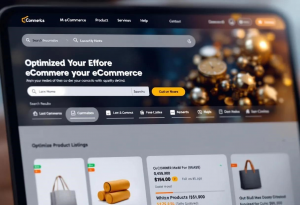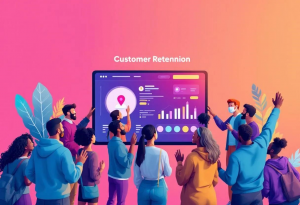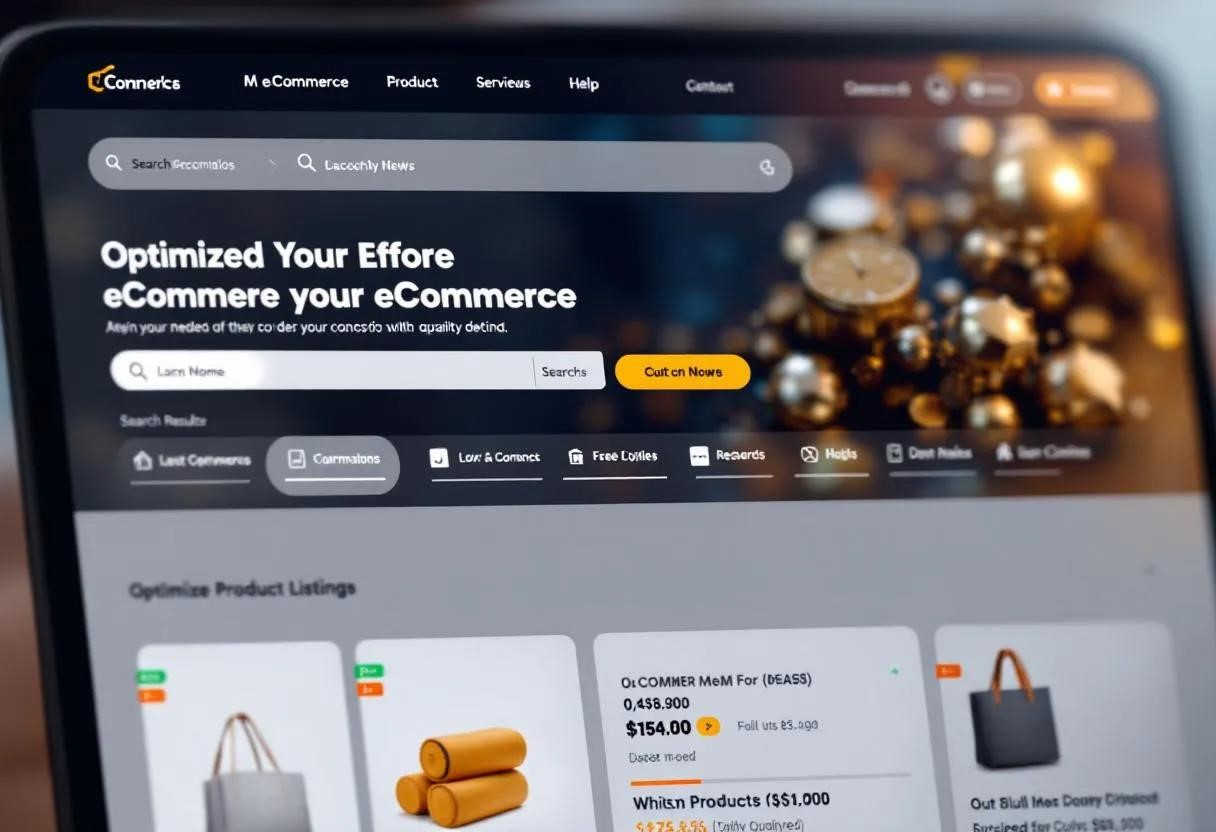Let’s be real: getting your website to rank high in search results and keeping visitors glued to your page is a constant uphill battle. But here’s the good news: with the right strategies, you can seriously boost your website’s performance. Forget basic keyword stuffing; we’re diving deep into the advanced SEO tactics that will make a real difference.
I’ve spent years helping businesses like yours get noticed online, and I’ve seen firsthand what works and what doesn’t. In this article, I’m breaking down actionable strategies to help you climb the search rankings and keep those visitors clicking around like crazy.
Why Your Website Isn’t Performing & What To Do About It
Before we jump into the solutions, let’s get real about the problems. Usually, websites struggle with ranking and suffer from sky-high bounce rates because of a few key reasons:
- Technical SEO nightmares: Hidden errors, snail-paced loading speeds, and zero mobile optimization can kill your rankings before you even get started.
- Content that doesn’t resonate: If your content isn’t relevant, engaging, and optimized for search engines, visitors will bounce faster than a jackrabbit on a hot pavement.
- A User Experience From Hell: A confusing or frustrating website will send visitors running for the hills.
Facing these problems head-on is key for long-term success. Let’s dive in!
First Things First: The Technical SEO Audit
Think of your website’s technical SEO as its bedrock. If it’s shaky, everything else will crumble. A thorough technical SEO audit is the first step. And I mean thorough. This isn’t just about running a quick scan; it’s about digging deep, people.
What to look for:
- Crawl Errors: Can search engines even find all your pages? Use Google Search Console to spot crawl errors.
- Mobile-Friendliness: Does your website play nice on all devices? Google’s Mobile-Friendly Test is your new best friend.
- Page Speed: Slow loading times are a major buzzkill. Use Google PageSpeed Insights to pinpoint bottlenecks and optimize images, use browser caching, and minify CSS and JavaScript.
- Broken Links: Fix those broken internal and external links to keep users happy and maintain link equity.
- XML Sitemap: Keep your sitemap updated and submitted to search engines.
- Robots.txt: Configure your robots.txt file to control which pages search engines can crawl.
Pro Tip: Don’t just find the problems; fix them! Prioritize based on impact and how easy they are to resolve.
Content That Converts: It’s More Than Just Keywords

Creating killer content is a must, but it’s not enough. You gotta optimize it for both search engines and your users.
Here’s the deal:
- Keyword Research: Tools like Ahrefs or SEMrush are your friends. Find relevant keywords with high search volume and low competition. But don’t just stuff ’em in there!
- User Intent: What are people really searching for? Create content that nails their needs and answers their burning questions.
- Content Structure: Use clear headings, subheadings, and bullet points to make your content a breeze to read.
- Compelling Meta Descriptions: Write meta descriptions that make people want to click.
- Image Optimization: Use descriptive file names and alt text. Compress those images to boost page speed.
- Internal Linking: Link to other relevant pages on your site to improve navigation and spread the link love.
Real-World Example: Writing a blog post about “best hiking boots”? Don’t just list boots. Create a guide that covers different types of hiking, terrain, and foot conditions. Throw in high-quality photos, videos, and user reviews. That’s how you provide real value and rank higher.
Schema Markup: Talk the Talk of Search Engines
Schema markup is like labeling your website’s content so search engines know exactly what it’s about. It’s a powerful way to boost your visibility.
Types of schema markup:
- Article: Blog posts and news articles.
- Product: Product pages (duh!).
- Recipe: Recipes (obviously!).
- Local Business: For local businesses.
- FAQ: Frequently asked questions.
How to make it happen:
- Use Google’s Structured Data Markup Helper to generate the code.
- Add the code to your website’s HTML.
- Test it with Google’s Rich Results Test.
The Payoff: Schema markup can get you rich snippets – enhanced search results with star ratings, prices, and images. This can seriously boost your click-through rate.
Mobile Optimization: It’s Not Optional Anymore, Folks
Most web traffic comes from mobile devices. If you’re not optimized for mobile, you’re leaving money on the table.
What to think about:
- Responsive Design: Your website must adapt to different screen sizes.
- Mobile-Friendly Navigation: Make it easy to get around on mobile.
- Touch-Friendly Elements: Use buttons and links that are easy to tap.
- Fast Loading Times: Optimize for speed on mobile.
Tools: Google’s Mobile-Friendly Test will highlight any issues. Also, consider Accelerated Mobile Pages (AMP) to supercharge your mobile loading speeds.
User Experience (UX): Make ‘Em Love You
A great user experience is essential for keeping bounce rates down and engagement up. If people can’t find what they need or your website is a pain to use, they’re gone.
Focus on:
- Clear Navigation: Make it easy to find stuff.
- Intuitive Design: Clean, simple, easy to understand.
- Compelling Content: Relevant, engaging, and valuable.
- Fast Loading Times: Speed is king.
- Accessibility: Make sure your website works for everyone, including people with disabilities.
Testing: Get real user feedback! Tools like Hotjar can help you track user behavior and find areas to improve.
Strategic Link Building: Earn Authority, Not Just Links
Link building is still a big deal for SEO, but it’s not about quantity. It’s about getting high-quality links from authoritative websites.
Smart strategies:
- Guest Blogging: Write for other websites in your industry.
- Broken Link Building: Find broken links on other sites and offer your content as a replacement.
- Resource Page Link Building: Get your website listed on relevant resource pages.
- Create Linkable Assets: Infographics, guides, tools – create content that other websites will want to link to.
Important: Stay away from shady tactics like buying links. Search engines will penalize you for that.
Page Speed: Every Second Counts, Seriously
We touched on this earlier, but it’s that important. Page speed is a critical ranking factor and it directly impacts user experience. Every second of delay can kill your conversions.
How to speed things up:
- Optimize Images: Compress them without losing quality.
- Leverage Browser Caching: Store static resources on users’ devices.
- Minify CSS and JavaScript: Remove unnecessary characters from your code.
- Use a Content Delivery Network (CDN): Distribute your content across multiple servers.
- Choose a Fast Hosting Provider: Your hosting provider makes a huge difference.
Tools: Google PageSpeed Insights and GTmetrix will help you find bottlenecks and track your progress.
Putting It All Together: The Big Picture
Improving website rankings and reducing bounce rates is a marathon, not a sprint. It’s not enough to do just one or two things; you need to focus on all aspects of your website’s SEO and user experience.
By conducting a thorough technical SEO audit, optimizing your content, implementing schema markup, optimizing for mobile, enhancing user experience, building high-quality links, and optimizing page speed, you can seriously improve your website’s performance and reach your goals.
Take these strategies, tweak them to fit your needs, and start implementing them today. You might be surprised by the results.





